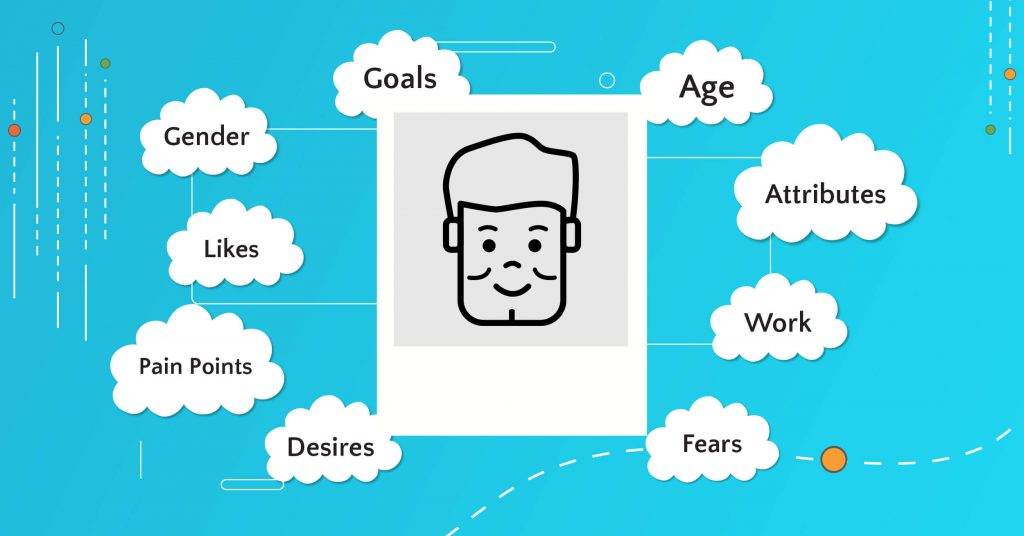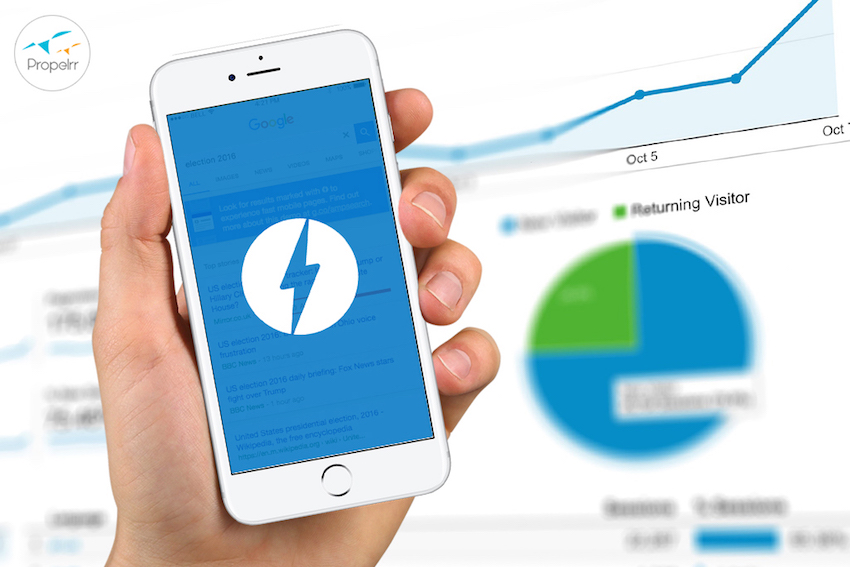5 Easy Steps to Find the Ideal Audience for Your Content
Ming Lagman
February 15, 2021
With over 4.6 billion people on the internet, the task of finding your ideal audience and then reaching them can be a daunting one especially if you don’t have an understanding of the basic guiding principles that ensure success.
In content marketing, practitioners know that the target audience or ideal audience is synonymous with your target market you refer to in the overall marketing plan, and your content is simply the vessel that represents your brand and through which you reach these audiences.
But even the most sophisticated vessel will fail to reach its destination if the navigator is misguided or ill-equipped to traverse the tide. Simply put, failing to understand or even know your target audience renders any content marketing strategy useless. If from the get-go, you don’t have an initial grip of who and what kind of people are consuming and digesting your brand stories, it will waste a lot of time and investment on your part, to say the least.
How to Find Your Target Audience
At this point, you should be asking yourself, “but who is my target market in the first place?” and hopefully, none of you are saying “well, let’s just target everyone,” because that just won’t work.
Why? Because if you create content hoping to target ‘everyone’ may have you producing blogs, videos or what-have-you that translates as incoherent to your brand and the needs of your customers. This will end up confusing them and instead of bridging that gap in service delivery, you may end up further widening it.
Surely, you can conclude other disadvantages of going too broad with your targeting. But for now, you should focus on how you can begin avoiding these problems.
Following these easy steps will help you identify and find those ‘special few’ people or organizations who are in need of your content.
- Craft a content persona.
- Drill into your audience’s insights.
- Tap your brand’s buddies – a.k.a. influencers.
- Sleuth out your competing suitors.
- Implore the help of Analytics.
Now, let’s discuss.
1. Craft a Content Persona.

As global attention span continues to narrow, the need to capture an audience’s attention has become more urgent than ever. As trends pass in the span of a few hours, hot topics turn stale in minutes, and audiences close pages in a few seconds – eight, to be exact – content strategies begin to call for wit that goes beyond the headline.
For content marketers such as yourself, this spells out the need to get the brand’s message out quickly and streamline your content to curb the impacts. One elementary tip that content marketing experts suggest is to understand and write specifically for your audience. And to do that, you must first develop your content personas.
Personas, as defined by Hubspot, are fictional representations of your ideal audience based on real data – from demographics up to the online behavior along with an educated theory about their personal interests, motivations, and concerns.
Personas also serve as your unifying self – a compass that guides your content strategizing from the ideation down to the promotion. It helps you make decisions about the content features, types of interactions to allude to, and even visual designs to develop. Without a persona, you can’t develop accurate and effective content no matter where or when it pops up on the internet.
To create a content persona profile, start defining who your target audience is. Ask yourself, “who are my quintessential readers and audience?”
To break it down, you must be able to clearly picture the various dimensions of your target audience’s persona:
- Demographics – This pertains to the age, gender, geographic location, and other directly observable characteristics of your target audience. You can even define their civil status, the generation they were born into, and their occupations.
- Emotional – This comes after determining their physical attributes. Here, you draw out the audience’s ‘whys’ and ‘hows’, their frustrations and struggles, and, if possible, their real intentions and aspirations. What makes them tick? What matters to them versus what doesn’t?
- Behavioral – Here, you’ll look into the hobbies and habits of your target audience? How often do they go online? Do they make rounds between a handful of apps or websites? If so, how regularly?
Like how you would hunt down for clues to a treasure, make an in-depth inquiry into who your brand and business wants to talk to, and serve with your products and services. Once you’ve answered those questions, document them and start to draw out the content persona profile based on the information you’ve uncovered. By identifying these, you can have the intuition of what type of content your target audience loves or gags at.
Also, don’t forget that these personas will soon age, mature, and change as the trends go by. So from time to time, make sure to update them accordingly.
2. Drill into Your Audience’s Insights.
Putting out content is a conversation with your audience – a feedback of asking and giving answers to questions.
For your audiences, the questions they need answers to is essentially what their intent is and what you need to drill into. For now, just focus on the general idea of intent and avoid mixing it with search intent, which you can read about in another guide. What you need to understand at this moment is: your content should meet that intent and that can only be done by continually engaging your audience.
Conversely, maintaining this engagement as consistently as possible also provides you with valuable insights on your audience’s intentions and, in time, you’ll be able to develop a keen sense for it. The more you interact with your audiences, the more you’ll be able to draw out their purpose for going online, what they aim to achieve on social media networks, or what they seek from your websites.
Peek into the online community of your perceived target audience and inspect: what type of user-generated content they’re posting, their sentiments, and hashtags they’re using. Follow your reader’s activities, as if you’re one of them. You can do this on social media platforms like Facebook which provide actionable insights and analytics.
But above all, remember that any conversation worth having is one that adds value to all parties involved in the discussion. Understanding your audience’s intent helps your content become a valuable and engaging resource for them and soon, they’ll be looking forward to or depending on you to provide more content.
3. Tap your brand’s buddies – a.k.a. influencers
To level up your message targeting, you should also tap your brand’s influencers. Influencers come from all over; they can be industry experts, authors, business partners, advocacy groups, and consumers.
These are the people who are recognized in your industry. They are individuals that your target audience turns to for stories, information, guidance, and even daily inspirations. Dedicate the right amount of time to get to know these influencers and study their content so you can eventually assimilate it. Examine what angle of your industry they are into. Are they talking about addressing the same audience pain points and opportunities as you do?
Apart from assimilating their content, you can also connect with them on social media and other networks so you can eventually win their votes of confidence and, possibly, referrals. Make it a habit to engage them so you can brainstorm and collaborate to produce more content.
This is just as strategic for business as looking at analytics data, because it helps you to: 1) better categorize your target audience, and; 2) tap markets in their network that you haven’t reached yet.
4. Sleuth out your competing suitors.
This may sound a little tricky but it’s a practical tactic to use for the sake of determining an audience you can begin targeting.
This is because chances are, some other competitor – big or small – is already engaging audiences who are similar to those that you want to be talking to. Analyzing their target market and their content positioning helps give you a base mold you can form your ideal audience and content strategy.
Some of the key points to take into account when spying on your competitors are their content goals and objectives, their previous and current strategies — what’s working and not, their strengths and weaknesses.
Assess all of these and evaluate their target market’s gap and your stand on it. Fret no more because there are many tools out there to help you become a little James Bond on the web.
5. Implore the help of Analytics.

This era is a pretty phenomenal time to be a digital marketing professional because of the gift of technological advancements and big data.
When your search for your ideal audience is stalled or is beginning to look incoherent to you, implore the help of Google Analytics. This digital marketer’s best friend provides user-specific information to better recognize your target audience. It includes easy-to-digest graphs and figures that clearly reflect the age, gender, and other demographic information of your audiences.
On top of that, Analytics also gives you the opportunity to conceptualize a more in-depth marketing analysis that will help you form data-driven decisions about your content and, subsequently, servicing your customers.
Key Takeaways
Now that you have an ideal audience in mind, what comes next? Of course, generate content for them. After all, that’s the entire purpose of finding out who they are, where they are, and the problems they need solutions for. While structuring your content strategies, remember that:
- When you write content, always begin with the target audience in mind because content that is developed specifically for the audience bolsters your brand’s presence online.
- Content that is targeted for everyone is likely too mainstream to be captivating to anyone. When you have to choose between going general or specific, always choose the latter.
- Crafting valuable content boils down to understanding your target audience’s needs and wants, not some brand ethos that you want to force upon people.
Does your organization have its own best practices for digging up the audience’s intent? Do you craft your strategies around that? We’d love to have a chat with you about it. Drop us a line over at Facebook, X, or LinkedIn.